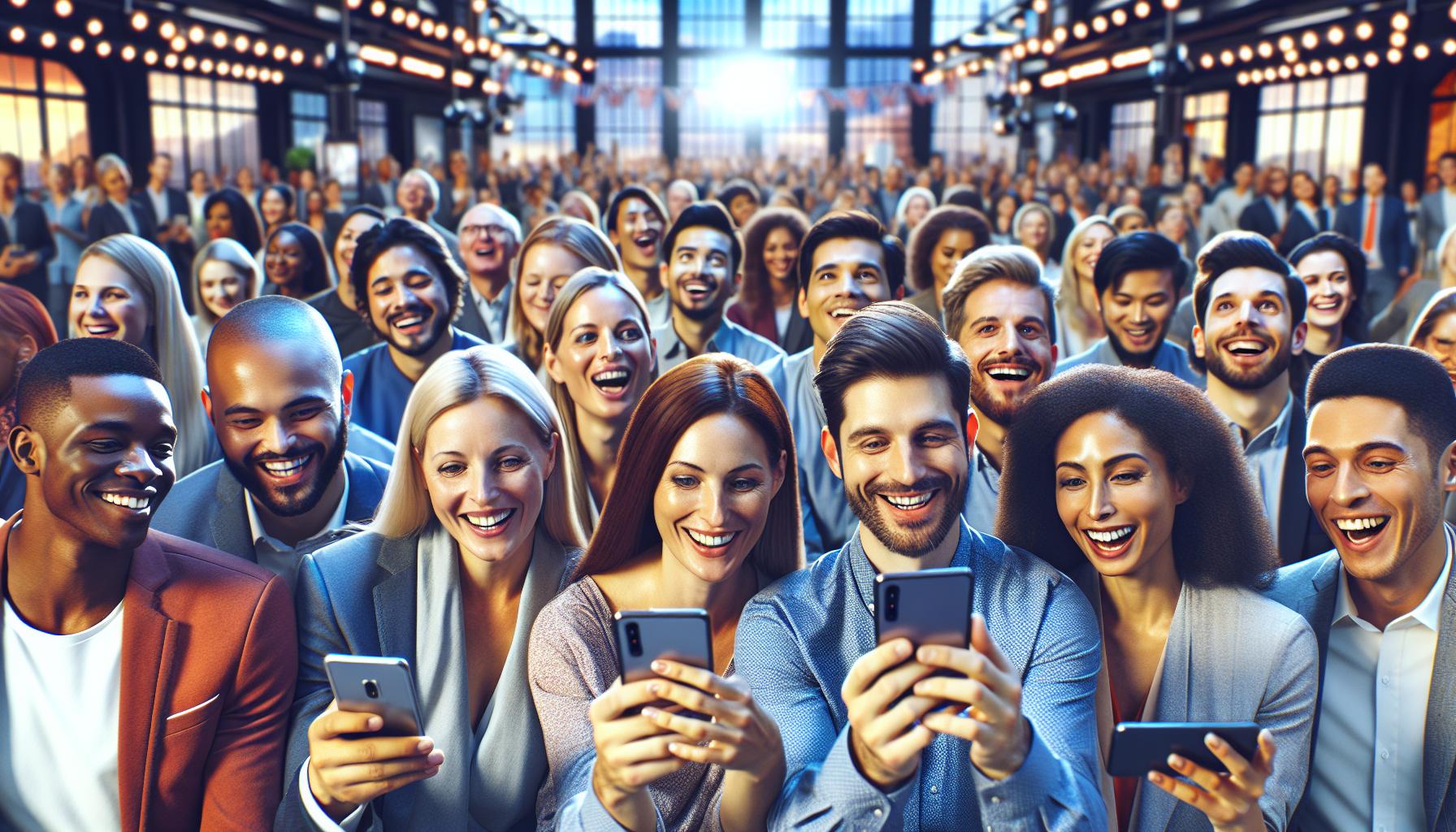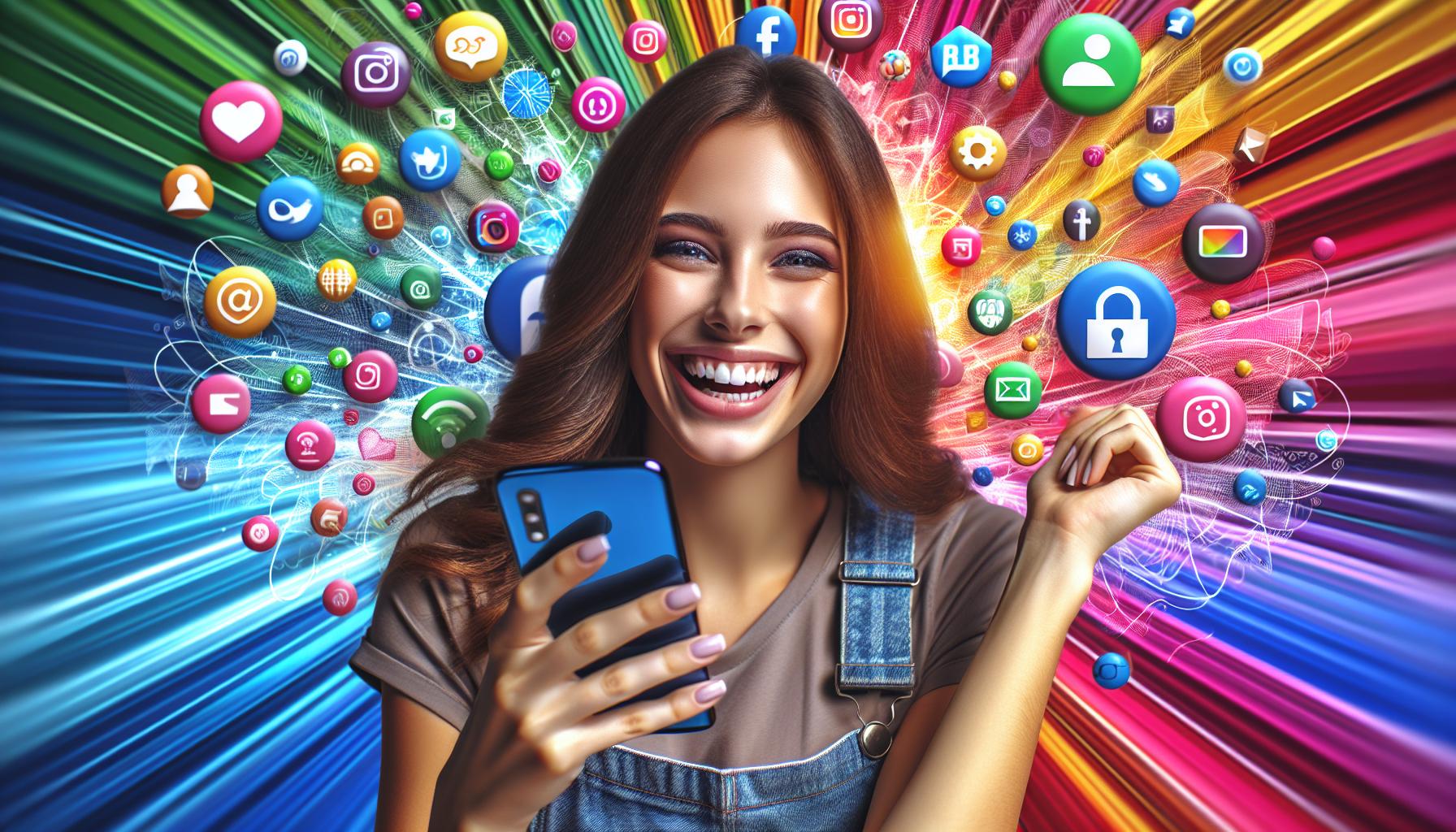In 2016, social media wasn’t just a place to share cat memes and brunch photos; it was a dynamic landscape bustling with trends that shaped how people connected. From the rise of live streaming to the explosion of ephemeral content, this year was a rollercoaster ride for influencers and brands alike. If you thought hashtags were just a fad, think again—2016 proved they were the lifeblood of online engagement. As platforms evolved, so did the ways users interacted with them. Brands scrambled to keep up, and those who didn’t? Well, they were left in the digital dust. Join the journey through the quirky and groundbreaking trends that defined social media in 2016. You might just find some inspiration for your next post—or at least a good laugh at what once was.
2016 Trends Social Media
Social media underwent significant transformation in 2016. Live streaming emerged as a dominant feature across various platforms, allowing users to share real-time experiences. Facebook and Instagram capitalized on this trend, introducing tools that facilitated instant broadcasting. Engaging audiences through live video became essential for brands seeking to enhance connections.
Ephemeral content also gained momentum. Platforms like Snapchat popularized self-destructing messages, appealing to younger demographics. The idea of creating temporary yet impactful content encouraged users to interact more. Brands adopted this approach, crafting campaigns that encouraged urgency and authenticity.
The role of hashtags remained crucial in 2016. Users relied on them for content categorization and discovering trends. Hashtags allowed for easier navigation and engagement within communities. Businesses integrated relevant hashtags into their posts, increasing their visibility and reach.
User-generated content (UGC) flourished in 2016. It tapped into the authenticity that audiences craved. Brands deployed UGC strategies, showcasing genuine customer experiences. This strategy fostered trust and encouraged further engagement from the community.
Mobile optimization became a priority. With increased smartphone usage, platforms optimized their interfaces for mobile devices. Users expected seamless experiences on their devices, prompting brands to develop mobile-friendly content.
2016 shaped social media dynamics through live streaming, ephemeral content, and UGC, urging brands to adapt swiftly. The trends of that year laid the groundwork for future innovations in the digital landscape.
Key Platforms and Their Trends

In 2016, social media platforms displayed distinct trends that shaped user engagement and brand strategies. Each platform influenced audience interactions in unique ways.
Facebook focused on enhancing user experience through targeted advertising. Businesses utilized advanced algorithms to reach specific demographics, resulting in more personalized ad experiences. Live video gained traction as brands streamed events or product launches, facilitating real-time interactions. Facebook Groups saw an increase in engagement, encouraging community-building around shared interests. The introduction of Facebook Stories emulated Snapchat, promoting transient content that fostered a sense of urgency and authenticity.
Twitter prioritized the immediacy of content with an emphasis on real-time updates. Hashtags gained even more significance for organizing discussions and events, as brands leveraged them to engage users. The character limit expanded conversations, leading to a rise in threads that allowed deeper storytelling. Brands experimented with live tweets during events to harness the platform’s immediacy and foster direct conversations with followers. The emergence of Twitter polls encouraged audience participation, enhancing user engagement.
Instagram embraced visual storytelling in 2016, focusing on high-quality images and videos. The platform introduced Instagram Stories, allowing users to share fleeting moments and bolstering authenticity. Businesses leveraged influencer partnerships to reach wider audiences, capitalizing on the trust consumers placed in relatable figures. The rise of shopping features within the platform streamlined customer purchases directly from images. User-generated content flourished, as brands encouraged fans to create authentic experiences within their communities.
Snapchat
Snapchat revolutionized social media with its emphasis on ephemeral content. Users engaged with temporary posts that vanished after 24 hours, creating an authentic sharing experience. The Discover feature became a prevalent source for brands to reach younger audiences through curated content. Advertising options expanded, allowing businesses to utilize ads seamlessly within users’ Stories. Augmented reality filters gained popularity, providing interactive ways for brands to connect with consumers playfully.
Emerging Trends and Innovations

In 2016, social media experienced several noteworthy trends and innovations that reshaped user interactions and brand strategies.
Live Streaming
Live streaming emerged as a powerful tool for real-time engagement. Platforms like Facebook and Twitter embraced this trend, allowing users to broadcast events and connect instantly with their audience. Brands capitalized on live video to create authentic experiences, resulting in higher engagement rates. Social media metrics showed that live content achieved up to six times more interactions than regular posts. Audiences craved this immediacy, leading to a surge in brands leveraging live sessions for product launches and Q&A events.
Story Features
Story features gained immense popularity across various platforms, catering to users’ desires for quick, engaging content. Instagram and Snapchat led the way, promoting ephemeral formats that encouraged frequent updates. These features not only generated excitement but also created urgency around brand messaging. Research indicated that one-third of Instagram users actively accessed Stories daily. Brands began integrating stories into their marketing strategies, crafting behind-the-scenes looks and exclusive promotions, thus enhancing user connections and driving traffic.
The Impact of Influencer Marketing

Influencer marketing gained substantial traction in 2016, shaping how brands connected with their audiences. Brands recognized the influence prominent social media figures had over consumer behaviors and spending. Collaborating with influencers became a strategy for authentic engagement and trust-building. Research indicated that 92 percent of consumers trusted recommendations from individuals over traditional advertising.
Micro-influencers, defined by followers between 1,000 and 100,000, emerged as effective partners for brands. Their niche audiences often delivered higher engagement rates, with studies showing that posts from micro-influencers received eight times more engagement than those from larger influencers. Brands leveraged these partnerships to reach specific demographics, enhancing targeting efforts.
Instagram proved to be the predominant platform for influencer marketing in 2016. The combination of visually appealing content and the platform’s shifting algorithm encouraged brands to prioritize authentic storytelling. Influencers fostered communication between brands and audiences through engaging product placements and storytelling techniques.
Authenticity became paramount as users sought relatable content. Brands increasingly encouraged influencers to incorporate products into their daily lives, resulting in genuine recommendations. Utilizing influencer-generated content effectively amplified brand messages, reaching new audiences aligned with brand values.
Campaigns often went viral, showcasing the power of influencer collaborations. Real-time engagement, such as live streaming events led by influencers, encouraged immediate interaction. Marketers took advantage of this trend, integrating influencer-driven campaigns into their social media strategies.
User Engagement Strategies
Engagement strategies in 2016 focused heavily on real-time interactions between brands and consumers. Live streaming emerged as a crucial method for connecting with audiences, providing opportunities for product launches and Q&A sessions that generated six times more interactions than standard posts. Brands actively sought to create immersive experiences, using live videos to engage viewers and encourage participation.
Ephemeral content became a significant driver of urgency and authenticity. By utilizing platforms like Snapchat, brands tapped into the idea of temporary messaging. This encouraged frequent user updates and fostered a sense of community, allowing brands to connect on a personal level with audiences.
Story features on Instagram and Snapchat also gained traction. These formats simplified content consumption, enabling brands to share behind-the-scenes glimpses and exclusive promotions. Frequent updates encouraged more consistent interactions, enhancing user engagement.
Influencer marketing experienced explosive growth in 2016. Collaborating with social media figures transformed branding strategies, as 92 percent of consumers trusted recommendations from influencers. Micro-influencers proved especially effective, achieving higher engagement rates despite smaller audiences. Instagram served as the primary platform for these partnerships, where authentic storytelling and relatable product placements captured user attention.
Hashtags remained indispensable for discovering content and increasing visibility. Brands strategically integrated relevant hashtags into their campaigns to reach broader audiences and foster community discussions. By prioritizing user-generated content, companies tapped into the authenticity that consumers craved, strengthening brand loyalty and trust.
Mobile optimization played a vital role as well. With smartphone usage dominating the landscape, brands shifted focus toward mobile-friendly content. Ensuring seamless experiences across devices became essential for maintaining engagement and connection with users.
The trends in social media during 2016 marked a pivotal shift in how brands and users interacted. Live streaming and ephemeral content redefined engagement strategies while hashtags and mobile optimization became essential tools for visibility. The rise of influencer marketing showcased the power of authentic connections, as brands sought to resonate with audiences through relatable figures. As the landscape continues to evolve, the lessons from 2016 remain relevant, offering valuable insights into fostering genuine interactions and adapting to user preferences. These trends not only shaped that year but also laid the groundwork for future innovations in social media marketing.

